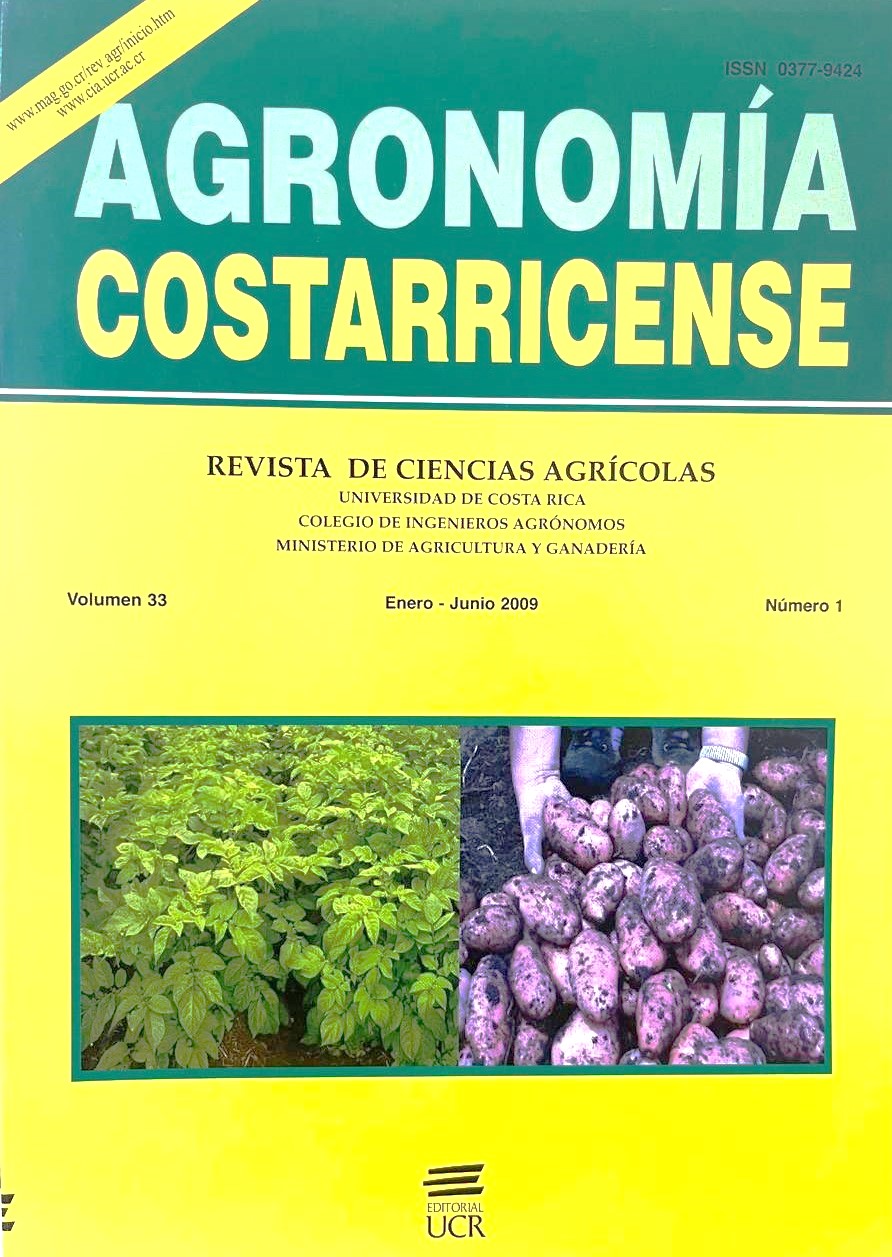Abstract
The effect of vermicomposting process on elimination of the fungus Colletotrichum acutatum present in leaf residues of leatherleaf fern (Rumohra adiantiformis) and the bacteria Pectobacterium carotovorum from infected potato (Solanum tuberosum) tubers was evaluated. In both assays, wood boxes divided in 3 compartments were used; the central section was filled with substrate containing earthworms (Eisenia foetida), and the lateral sections with the infected material. The compartments were separated with nets that allowed the earthworms to pass to the vermicomposting treatment but not to the control treatment. The presence of C. acutatum in the leaf residues was detected by weekly counts of conidia during 70 days. The population of P. carotovorum in the potato residues was evaluated using the viable cell count method in specific culture media at days 26 and 41, and by the Most Probable Number (NMP) technique at day 54. Although the number of C. acutatumspores was reduced in both treatments, after day 35, a greater reduction in the vermicomposting treatment than in the control was observed. At the end of the experiment the number of conidia was reduced 100 times compared to the original population in the vermicomposting treatment, and 10 times more than the control treatment. The population of P. carotovorum was reduced 100 times more in the potato residues subjected to vermicomposting than in the control after 41 days. P. carotovorum was not detected at day 54 in the earthworm treatment. The reduction in the population of the pathogens in the vermicomposting treatment was attributed to the direct effect (degradation), and indirect effect (changes of the pH, qualitative effect on the microorganisms population) that E. foetida produced on the infected residues.
##plugins.facebook.comentarios##

This work is licensed under a Creative Commons Attribution-NonCommercial-NoDerivatives 4.0 International License.
Copyright (c) 2016 Agronomía Costarricense


